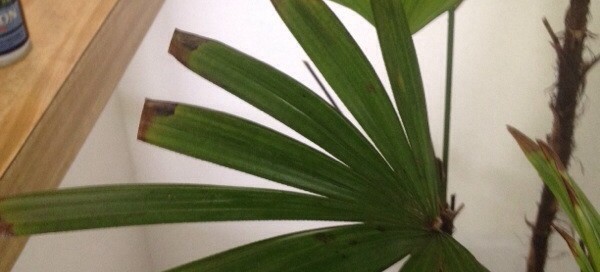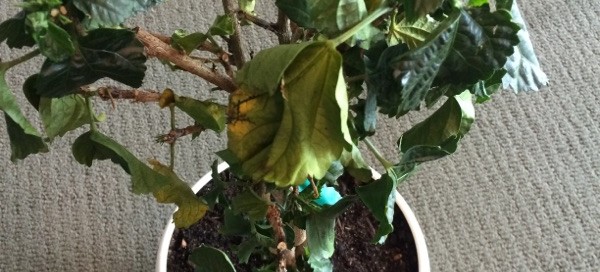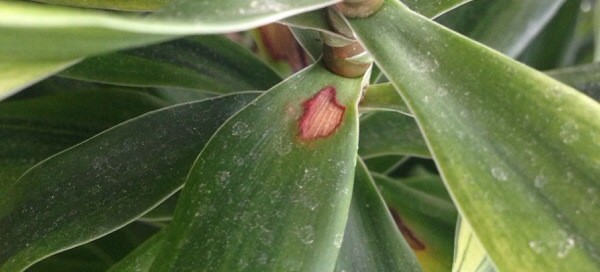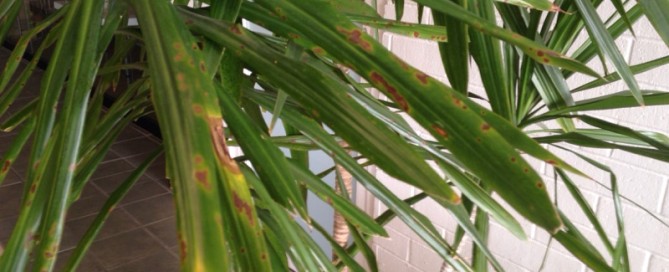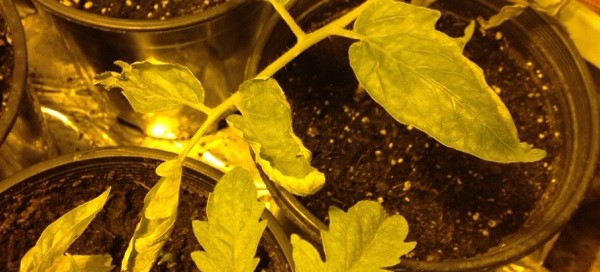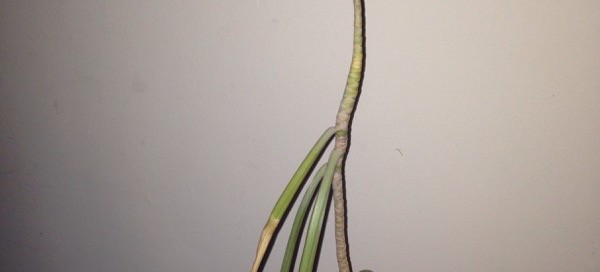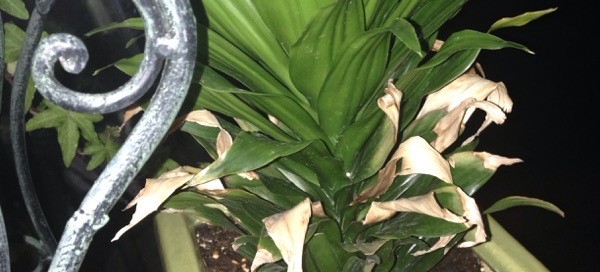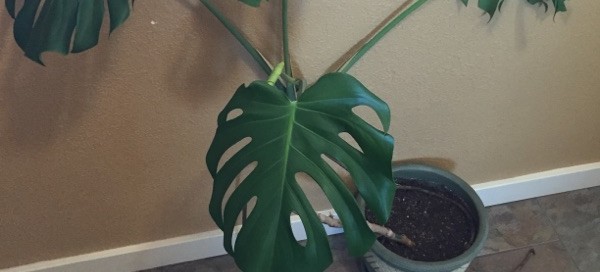Your Parlor Palm Problem
Difficult to tell for sure in the photograph, but if only a few fronds are affected, it might be due to sun scald or insufficient light. Place in an area indoors where it receives bright indirect light. Look for sucking insects such as aphids, scale or mealybug that suck the nutrients out of the leaves and stems. Also if you allow the plant to sit in water, root rot may result affecting the foliage. When watering, water in the sink, allow it to drain out completely before setting it back in the cover pot. Also many houseplants are sensitive to minerals/salts in the tap water. Suggest you switch to steam iron water and to avoid salt build up in the soil, feed with a slow-release or organic fertilizer formulated for container houseplants. If you disagree, please take another photo in better light showing the detail of the leaf problem as well as any other information you might have about it and we will try again for you.
